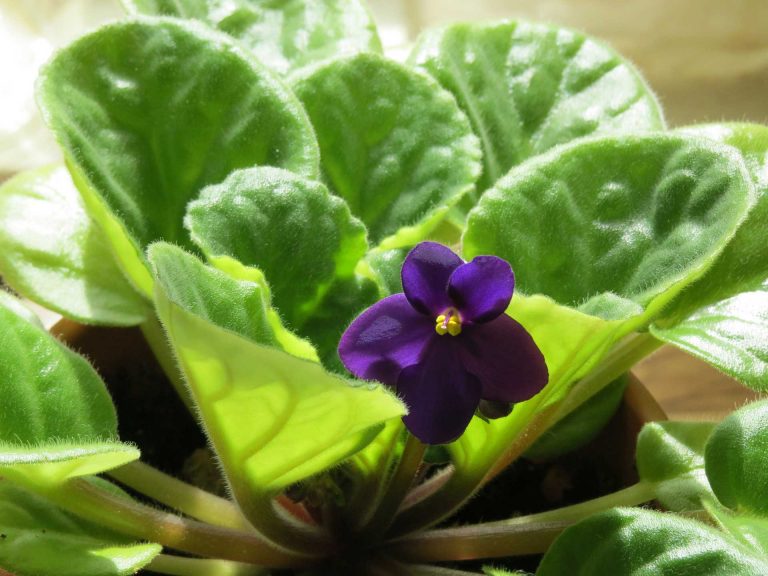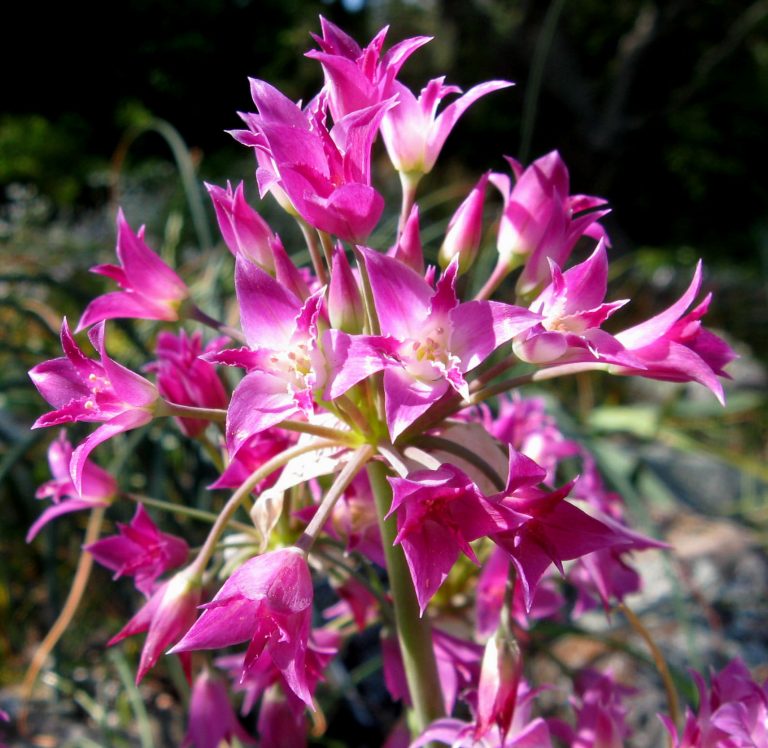Moss Life Cycle – Complicated and Impressive Aspects You Should Know
If you’re a nature lover, you’re probably aware that moss is a non-vascular plant without roots that cannot produce wood or flowers. The main part of the moss life cycle is that this plant generates spores for reproduction as opposed to seeds, which are typically produced by many plant species. The term “moss” is frequently used to refer to the carpet, cluster, or mat that these colonies of plants tend to generate.
Moss is a very interesting plant that is often used for decorative purposes. They tend to increase in size and number pretty quickly and require very minimal care. All this is thanks to the moss life cycle. So, let’s learn more about the moss life cycle and explore this amazing plant.
Brief Information about Moss
Before actually exploring the moss life cycle, let’s briefly learn more about those plants and their importance. Mosses are spore-producing, non-flowering plants that lack true roots but do have stalks and leaves. They are categorized as Bryophyta (bryophytes) in the plant kingdom, along with their relatives the liverworts and hornworts.
They have existed for 450 million years and have flourished despite several extreme climatic shifts. They range in size from 15,000 to 25,000 species and may be found on any continent and in any habitat that supports photosynthesizing plants. The bryophytes are the second-most varied group of plants in the world, only surpassed by angiosperms.
Mosses don’t have roots, as the majority of other plants do. Rhizoids, which resemble little hairs, are what they actually have. They primarily serve to attach the plant to soil, bark, or rock. As a result, without roots, some mosses receive nutrients through their rhizoids, while others absorb moisture and minerals through their extremely absorbent surfaces from rain and nearby water.
Mosses use their capillary gaps to hold onto water in a similar manner that sponges do. They aid in soaking up rain, preserving moisture in the soil below, and maintaining humid conditions all around them. Because of this, nearby plants can flourish in environments like marshes and forests.
How Does Moss Reproduce?
As already mentioned above, water is necessary for sexual reproduction in moss plants. Water is necessary for those plants to complete their moss life cycle, and it also helps flagellated sperm reach the egg and fertilize it. As a result, in a dry environment, mosses cannot finish their life cycle.
Almost all blooming plants are diploid, but mosses are an exception. Mosses rotate between haploid and diploid generations and are presented either as sporophytes or as gametophytes. In general, sexual reproduction is the process through which the genes of two separate parents combine to produce a progeny with a genetic profile that is similar to but distinct from each parent.
2 Stages of Moss Life Cycle
The moss life cycle alternates between two stages, the diploid sporophyte, and the haploid gametophyte. A diploid zygote is created when an egg and sperm combine, and it develops into a diploid sporophyte. Haploid spores are produced by sporophytes and contain genetic material from both haploid gametophyte parents.
The moss life cycle is finished when a spore develops into a haploid gametophyte.
Gametophyte
The gametophyte is the beginning of the moss life cycle. The protonema of the gametophyte is when the male and female sexual organs are created. The female sex organs are referred to as “archegonia.” It generates the ovum, also known as the female gamete, which is then shielded by perichaetium-modified leaves. The archegonia have a bottle-like appearance.
Antheridia is the name for male genitalia. It generates male gametes and is shielded by modified leaves called perigonium. Antherozoids, which have a biflagellate shape and are released when the antheridium reaches maturity, move across the water while fusing with the archegonium’s egg.
The second stage of the moss life cycle, the sporophyte, results from the production of the diploid zygote. The sporophyte’s calyptra, which is formed when the archegonium separates, serves as a protective structure for the capsule.
Sporophyte
The second stage of the moss life cycle is the sporophyte stage. A diploid sporophyte grows from a diploid zygote. A sporophyte is made up of an operculum-capped capsule and a seta, a foot-long stalk. This sporophyte sticks to the gametophyte, which divides by mitosis and resembles a parasite in that it depends on food and water.
A capsule consists of cells that produce spores that go through meiosis to create haploids. A capsule may contain four to more than a million spores depending on the species. Most mosses have an operculum, which resembles a lid and covers the opening of the capsule until the spores are ready. The calyptra, a membrane hood also shed at maturity, provides additional protection for the operculum.
The spores can’t spread very far when it’s damp. The release of the spores is regulated by a small, tooth-like structure that surrounds the mouth of the capsule. The peristome is the name given to these structures, which have one or two rows of teeth. They remain closed in damp situations to prevent the release of the spores. They crack open and release the spores under dry circumstances.
At the last stage of the moss life cycle, the genes from its two parents are mixed in each spore. A branching, threadlike, filamentous protonema may develop from a spore if it lands on wet ground. To complete the moss life cycle, cusps bud from the protonema and develop into leafy male or female gametophytes.
Asexual Reproduction Of Moss
Mosses can reproduce asexually, in addition to sexually (vegetatively). Depending on the circumstances, they employ a variety of strategies to do this. When a huge clump of moss loses its stem, the stemless clump develops into separate plants. The moss plant’s stem or even a single leaf can regenerate into a new plant when torn off in small pieces.
What Type of Habitat Do Mosses Prefer?
Moss may thrive in various conditions, from chilly, icy highlands to scorching deserts. They can live in places that would be inhospitable without their wide variety of adaptations, such as rocky ledges on mountain cliffs.
To live in harsh environments, some species have made adaptations. According to studies, they can photosynthesize (convert solar energy into food) in temperatures as low as -15 °C and as high as +40 °C. Mosses use dormancy as a heat-tolerance strategy in hot climates like grassland or the desert. They can withstand heat far better when desiccated (dry) than when they are moistened.
When dried out, certain mosses have even been reported to withstand temperatures as low as -27 °C and as high as +100 °C. There you have a tough little plant.
Some mosses can flourish in low-light environments and can even be found in caves. Schistostega pennata, often known as “dragon’s gold” and shining emerald green, is one of the most well-known cave mosses.
The moss’s luminosity is a result of its adaptations to deal with the lack of light. Protonemas are structures that resemble threads and develop from moss spores. The lens-shaped cells inside the protonema help concentrate the light as the chloroplasts group together to absorb as much light as possible.
The bright green brow of this moss is caused by the chloroplasts’ reflection of light. In Hokkaido, Japan, you can witness this beautiful moss growing in a cave, and there is even a natural monument to it.
Why Is Moss Important for the Ecosystem
Biodiversity refers to the vast diversity of all life on earth, which ranges from tiny plants to enormous trees. Mosses play a significant role in the biodiversity of the moist forest, wetland, mountain, and tundra ecosystems and are essential parts of the vegetation in many parts of the world.
Microhabitats provided by moss communities are essential for the survival of a variety of creatures. They give insects a crucial place to reside, deposit their eggs, and go on food hunts. Even animals like turtles can profit from the mosses’ capacity to moderate temperatures.
Spotted turtles (Clemmys guttata) spend the cold months hiding out under a moss known as sphagnum in Ontario, Canada. By doing this, the turtles are prevented from becoming too chilly during snowy conditions with -35°C lows. Sphagnum mosses play a key role in the development of peat bogs by forming spongy carpets on the ground in heaths and marshes.
Mosses must obtain their nutrition from the air since they lack roots. Moss is an excellent bioindicator of air pollution since it absorbs everything in the air, including contaminants. To gauge the air quality in urban sprawls, an EU research group is already experimenting with lab-grown peat moss. It would be possible to investigate a comprehensive picture of how pollution affects the environment if this could be expanded to woods, farms, and rivers.
Bottom Line – Moss Life Cycle
All in all, the moss life cycle consists of two phases. The way they change is known as the alternation of generations, with the first stage being haploid (gametophyte) and the second stage being diploid (sporophyte).
While diploids contain just one sporangium and reproduce asexually, haploids have both male and female plants. Moss is capable of asexual reproduction as well as sexual reproduction, thanks to the ability of regeneration.

Nato is a content writer and researcher with a background in psychology who’s eager to explore the wonders of nature. As a travel enthusiast and animal lover, she hopes to inspire others to discover and cherish the beauty and importance of the natural world.







